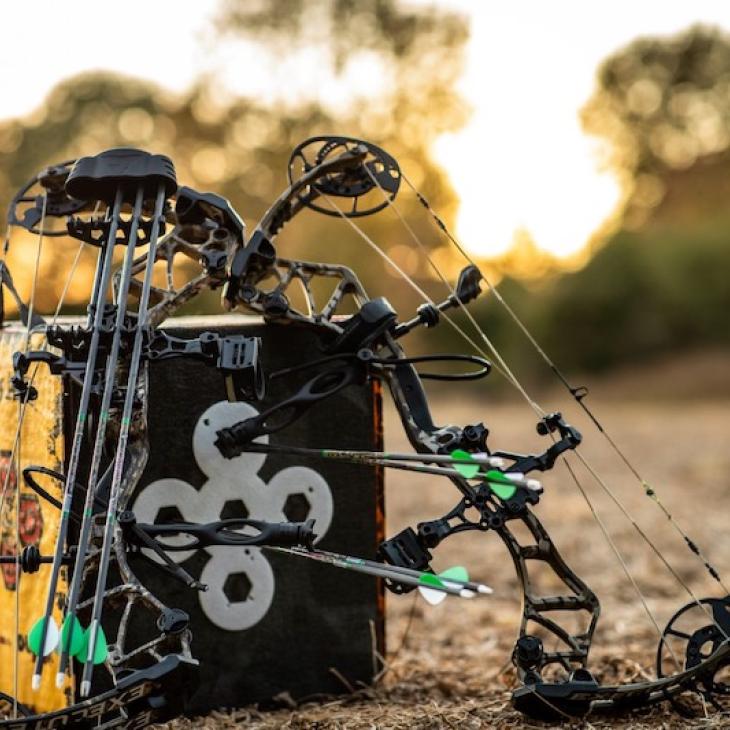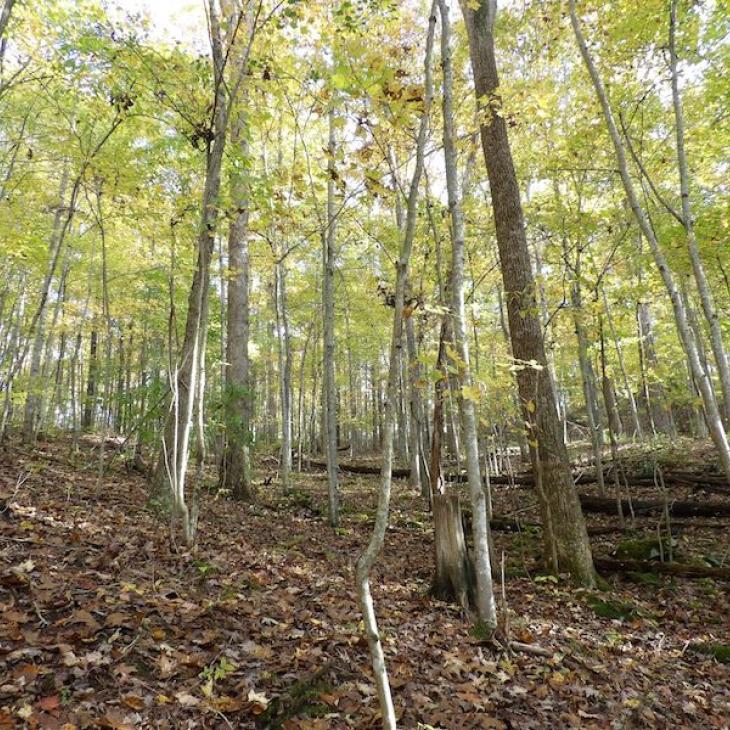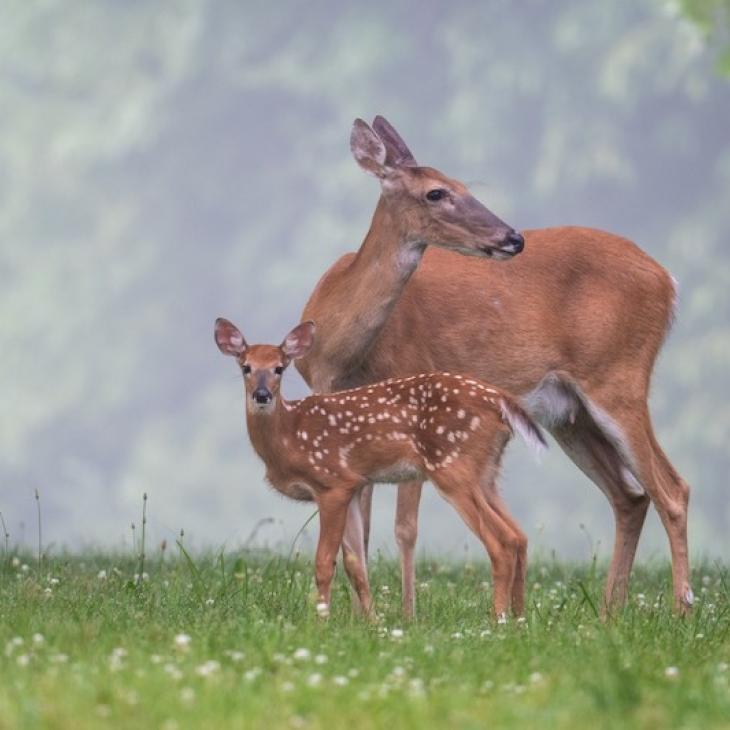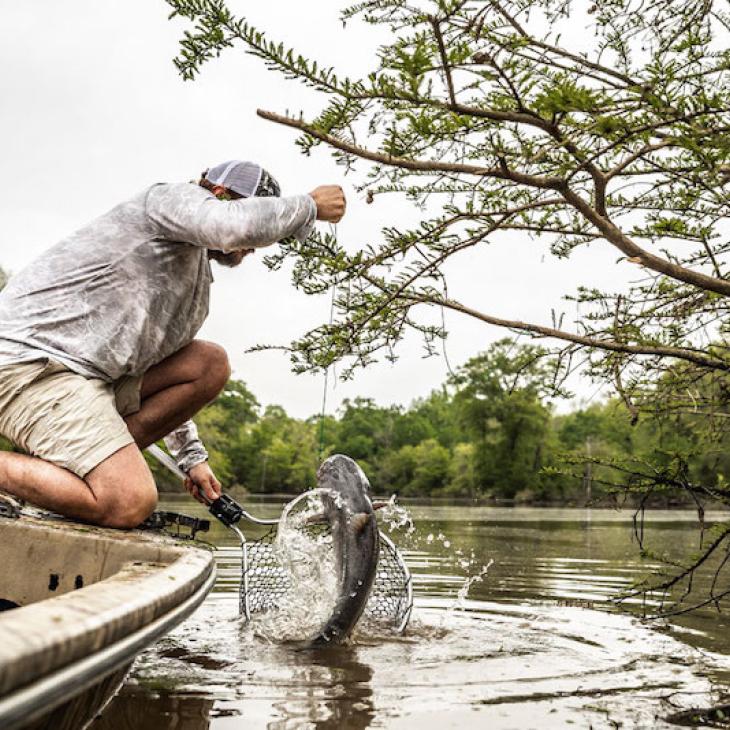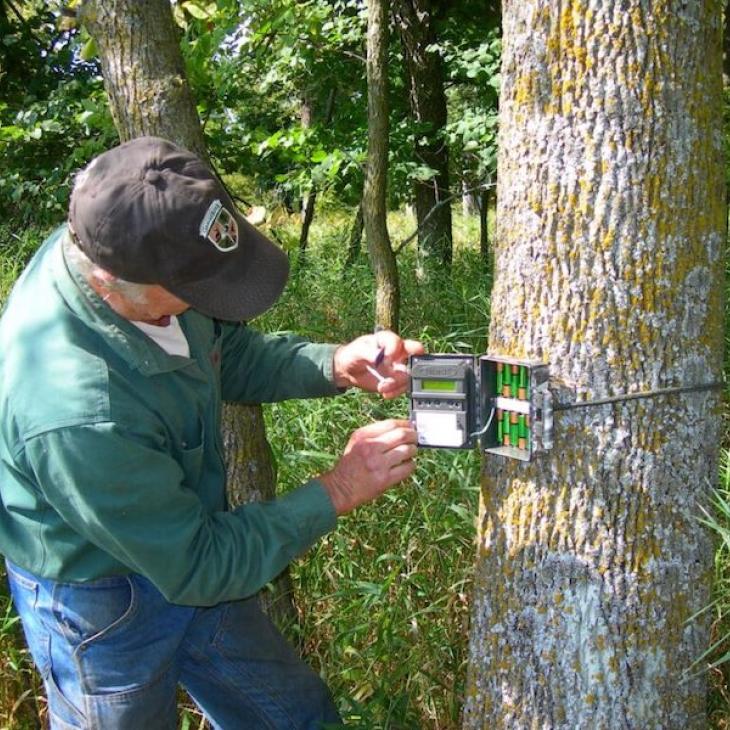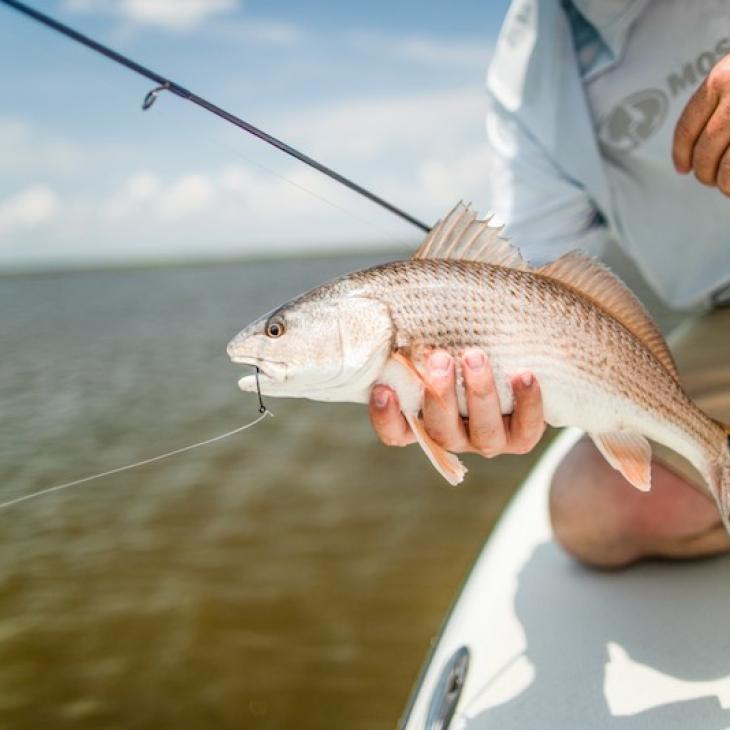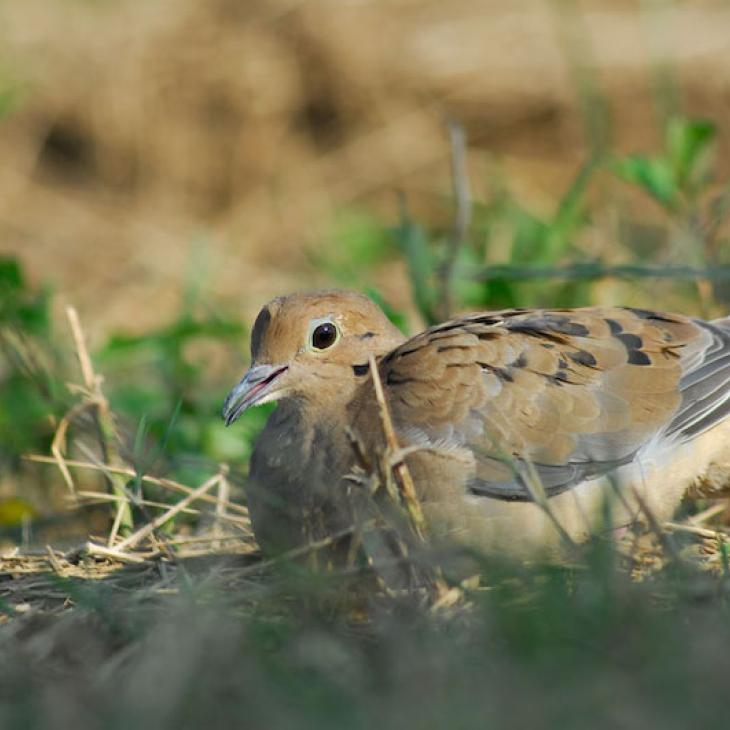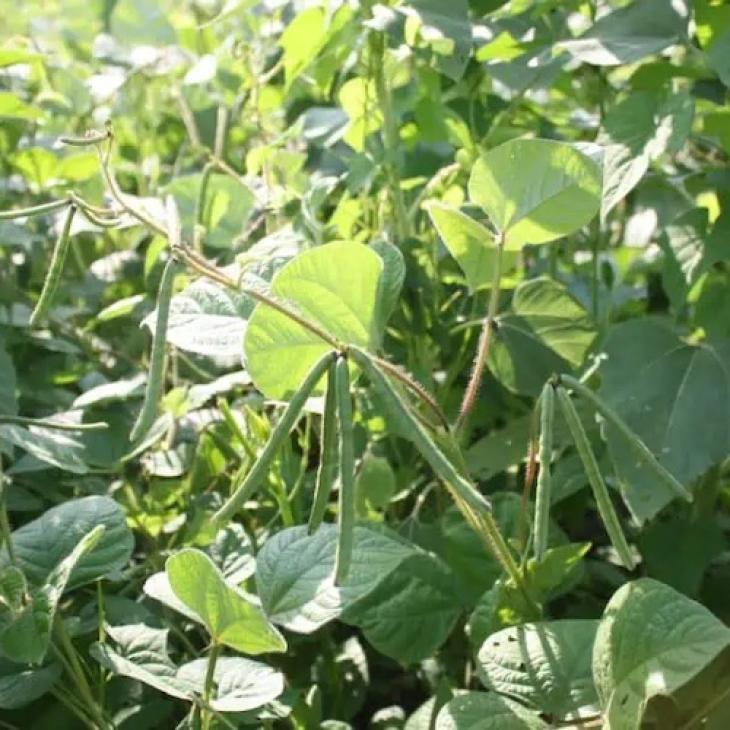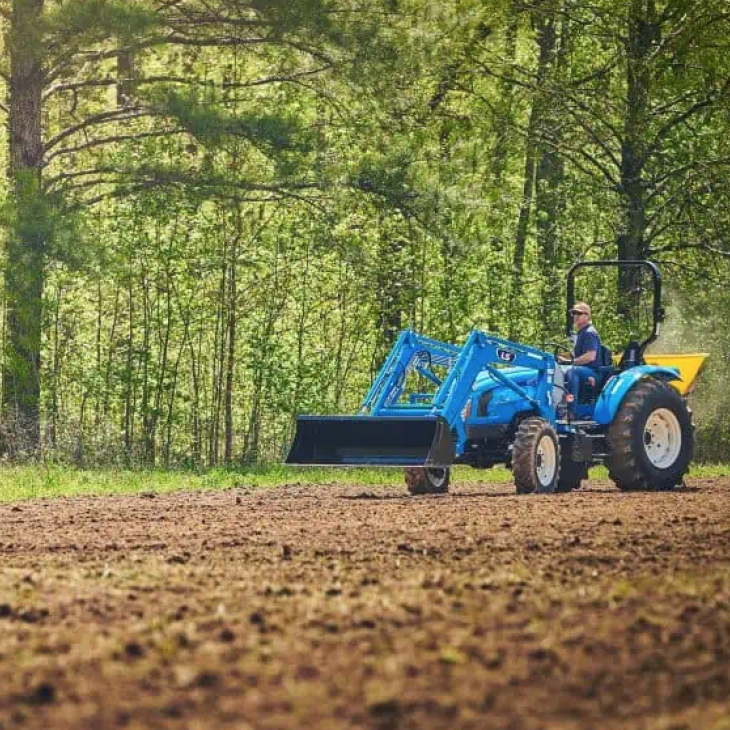ARCHERY DRILLS TO REPLICATE REAL HUNTING SCENARIOS
A veteran bow hunter and local archery pro shop owner once offered me advice I always remember. The archery pro told me that when practicing shooting, it is necessary to remember that when deer hunting, you will be nervous and cold. When your body is chilled, or the sudden adrenaline rush from a mature buck walking into range takes over, the struggle to draw a bow can be a difficult task. Many bowhunters spend time throughout the summer practicing with their bows for the upcoming season. Many of


